Programming LanguageAs we know, to communicate with a person, we need a specific language, similarly to communicate with computers, programmers also need a language is called Programming language. The tools used by software engineers to write down computer packages are programming languages. They are the means of interacting with and commanding computer systems. Numerous distinct programming languages exist, each with its benefits and downsides. Certain languages are more appropriate for optimistic roles than others. For example, some languages are made for basic programming, while others are made for specific fields like networking, statistics generation, and web and app development. Before learning the programming language, let's understand what is language? What is Language?Language is a mode of communication that is used to share ideas, opinions with each other. For example, if we want to teach someone, we need a language that is understandable by both communicators. What is a Programming Language?A programming language is a computer language that is used by programmers (developers) to communicate with computers. It is a set of instructions written in any specific language ( C, C++, Java, Python) to perform a specific task. A programming language is mainly used to develop desktop applications, websites, and mobile applications. What is the need for programming languages?Several software packages are made using programming languages, together with:
Types of programming language1. Low-level programming languageLow-level language is machine-dependent (0s and 1s) programming language. The processor runs low- level programs directly without the need of a compiler or interpreter, so the programs written in low-level language can be run very fast. Low-level language is further divided into two parts - i. Machine Language Machine language is a type of low-level programming language. It is also called as machine code or object code. Machine language is easier to read because it is normally displayed in binary or hexadecimal form (base 16) form. It does not require a translator to convert the programs because computers directly understand the machine language programs. The advantage of machine language is that it helps the programmer to execute the programs faster than the high-level programming language. ii. Assembly Language Assembly language (ASM) is also a type of low-level programming language that is designed for specific processors. It represents the set of instructions in a symbolic and human-understandable form. It uses an assembler to convert the assembly language to machine language. The advantage of assembly language is that it requires less memory and less execution time to execute a program. 2. High-level programming languageHigh-level programming language (HLL) is designed for developing user-friendly software programs and websites. This programming language requires a compiler or interpreter to translate the program into machine language (execute the program). The main advantage of a high-level language is that it is easy to read, write, and maintain. High-level programming language includes Python, Java, JavaScript, PHP, C#, C++, Objective C, Cobol, Perl, Pascal, LISP, FORTRAN, and Swift programming language. A high-level language is further divided into three parts - i. Procedural Oriented programming language Procedural Oriented Programming (POP) language is derived from structured programming and based upon the procedure call concept. It divides a program into small procedures called routines or functions. Procedural Oriented programming language is used by a software programmer to create a program that can be accomplished by using a programming editor like IDE, Adobe Dreamweaver, or Microsoft Visual Studio. The advantage of POP language is that it helps programmers to easily track the program flow and code can be reused in different parts of the program. The advantage of POP language is that it helps programmers to easily track the program flow and code can be reused in different parts of the program.Example: C, FORTRAN, Basic, Pascal, etc. ii. Object-Oriented Programming language Object-Oriented Programming (OOP) language is based upon the objects. In this programming language, programs are divided into small parts called objects. It is used to implement real-world entities like inheritance, polymorphism, abstraction, etc in the program to makes the program resusable, efficient, and easy-to-use. The main advantage of object-oriented programming is that OOP is faster and easier to execute, maintain, modify, as well as debug. Note: Object-Oriented Programming language follows a bottom-up approach.Example: C++, Java, Python, C#, etc. iii. Natural language Natural language is a part of human languages such as English, Russian, German, and Japanese. It is used by machines to understand, manipulate, and interpret human's language. It is used by developers to perform tasks such as translation, automatic summarization, Named Entity Recognition (NER), relationship extraction, and topic segmentation. The main advantage of natural language is that it helps users to ask questions in any subject and directly respond within seconds. 3. Middle-level programming languageMiddle-level programming language lies between the low-level programming language and high-level programming language. It is also known as the intermediate programming language and pseudo-language. A middle-level programming language's advantages are that it supports the features of high-level programming, it is a user-friendly language, and closely related to machine language and human language. Example: C, C++, language What is the operation mechanism of programming languages?In short, a programmer writes a set of instructions for the computer after they write code in a programming language. These commands include instructing the computer system to perform a hard mathematical computation or print a message to the screen. After writing, the code needs to be converted right into a language that the system can understand. This is finished by using a compiler or interpreter. Machine code is the low-level language that the computer's processor knows and is translated from the code via a compiler; without changing the code into machine code, an interpreter quickly runs the code. Most commonly used Programming LanguageAs we all know, the programming language makes our life simpler. Currently, all sectors (like education, hospitals, banks, automobiles, and more ) completely depend upon the programming language. There are dozens of programming languages used by the industries. Some most widely used programming languages are given below - 1. Python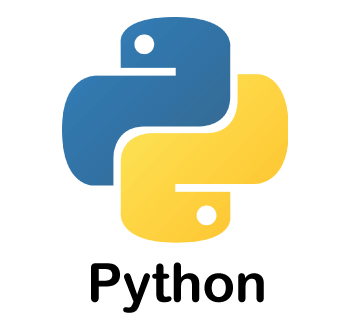
Python is one of the most widely used user-friendly programming languages. It is an open-source and easy to learn programming language developed in the 1990s. It is mostly used in Machine learning, Artificial intelligence, Big Data, GUI based desktop applications, and Robotics. Advantages
Disadvantages
2. Java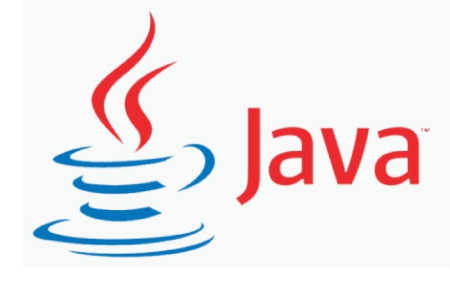
Java is a simple, secure, platform-independent, reliable, architecture-neutral high-level programming language developed by Sun Microsystems in 1995. Now, Java is owned by Oracle. It is mainly used to develop bank, retail, information technology, android, big data, research community, web, and desktop applications. Advantages
Disadvantages
3. C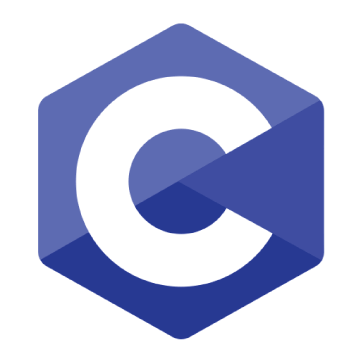
C is a popular, simple, and flexible general-purpose computer programming language. Dennis M Ritchie develops it in 1972 at AT&T. It is a combination of both low-level programming language as well as a high-level programming language. It is used to design applications like Text Editors, Compilers, Network devices, and many more. Advantages
Disadvantages
4. C++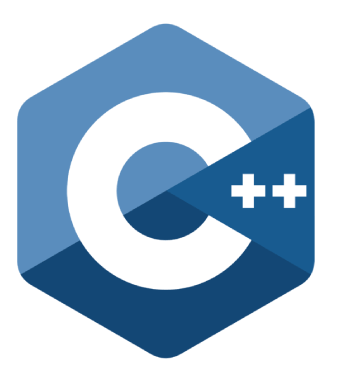
C++ is one of the thousands of programming languages that we use to develop software. C++ programming language is developed by Bjarne Stroustrup in 1980. It is similar to the C programming language but also includes some additional features such as exception handling, object-oriented programming, type checking, etc. Advantages
Disadvantages
5. C#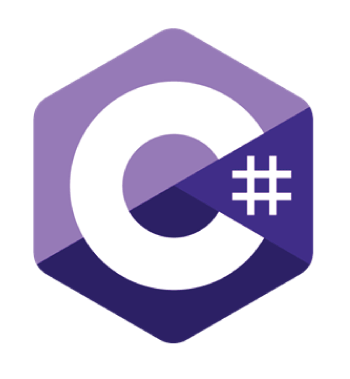
C# (pronounced as C sharp) is a modern, general-purpose, and object-oriented programming language used with XML based Web services on the .NET platform. It is mainly designed to improve productivity in web applications. It is easier to learn for those users who have sufficient knowledge of common programming languages like C, C++, or Java. Advantages
Disadvantages
6. JavaScript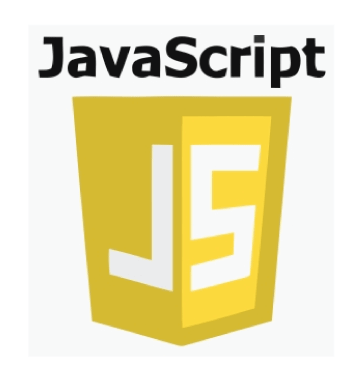
JavaScript is a type of scripting language that is used on both client-side as well as a server-side. It is developed in the 1990s for the Netscape Navigator web browser. It allows programmers to implement complex features to make web pages alive. It helps programmers to create dynamic websites, servers, mobile applications, animated graphics, games, and more. Advantage
Disadvantage
7. R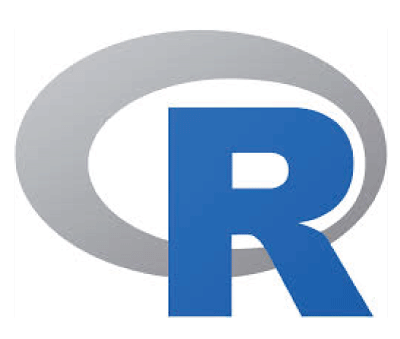
Currently, R programming is one of the popular programming languages that is used in data analytics, scientific research, machine learning algorithms, and statistical computing. It is developed in 1993 by Ross Ihaka and Robert Gentleman. It helps marketers and data scientists to easily analyze, present, and visualize data. Advantages
Disadvantages
8. PHP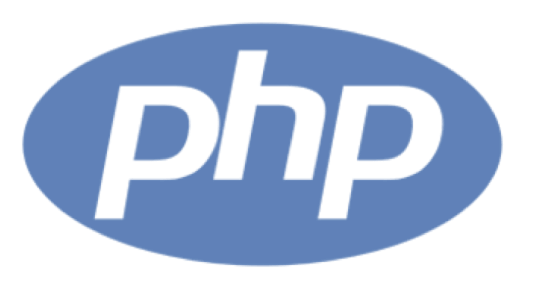
PHP stands for Hypertext Preprocessor. It is an open-source, powerful server-side scripting language mainly used to create static as well as dynamic websites. It is developed by Rasmus Laird in 1994. Inside the php, we can also write HTML, CSS, and JavaScript code. To save php file, file extension .php is used. Advantages
Disadvantages
9. Go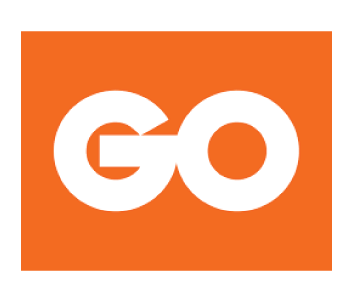
Go or Golang is an open-source programming language. It is used to build simple, reliable, and efficient software. It is developed by Robert Griesemer, Rob Pike, and Ken Thompson in 2007. Advantages
Disadvantages
10. Ruby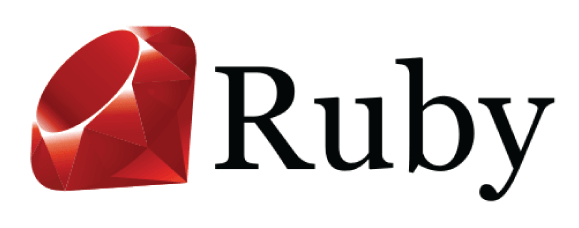
Ruby is an open-source, general-purpose, and pure object-oriented programming language released in 1993. It is used in front-end and back-end web development. It is mainly designed to write CGI (Common Gateway Interface) scripts. Advantages
Disadvantages
Which programming language do I have to learn first?Your desires will decide which programming language is suitable for your needs. If you're interested in multifunctional programming, then you can use Python or Java. Both of those languages are widely used and feature large developer groups that assist you in looking at and troubleshooting problems. Look right into a language that is specially made for the area in which you are interested. For instance, you need to investigate HTML, CSS, and JavaScript in case you're interested in developing websites. R or Python are proper alternatives in case you are interested in statistical and technological fields. Strategies for gaining knowledge of a computer languageThere are several specific methods for adapting programming languages. You can view an e-book, watch an educational video, or choose a proper article. There are also so many interactive resources along with coding playgrounds for practicing. Writing code is an extremely good way to learn about a programming language. Write easy programs to begin with as a helpful starting point, after which you can paint your way up to a great deal of more complicated programs. Create your software program or contribute to open source. A programming language may be explored through the following approaches:
ConclusionFor programmers who create software programs, programming languages are essential. They are employed in the improvement of a full-size range of software products, which include video games, mobile apps, and business structures. Programming languages are provided in a huge variety, each with advantages and disadvantages. There are numerous assets to be had to help you get started if you're interested in learning the program. The smartest approach to gaining knowledge of a programming language is to practice developing code on a regular basis. You can learn how to code and make your software program with a number of attempts and willpower.
Next TopicWhat is social engineering
|
 For Videos Join Our Youtube Channel: Join Now
For Videos Join Our Youtube Channel: Join Now
Feedback
- Send your Feedback to [email protected]
Help Others, Please Share










